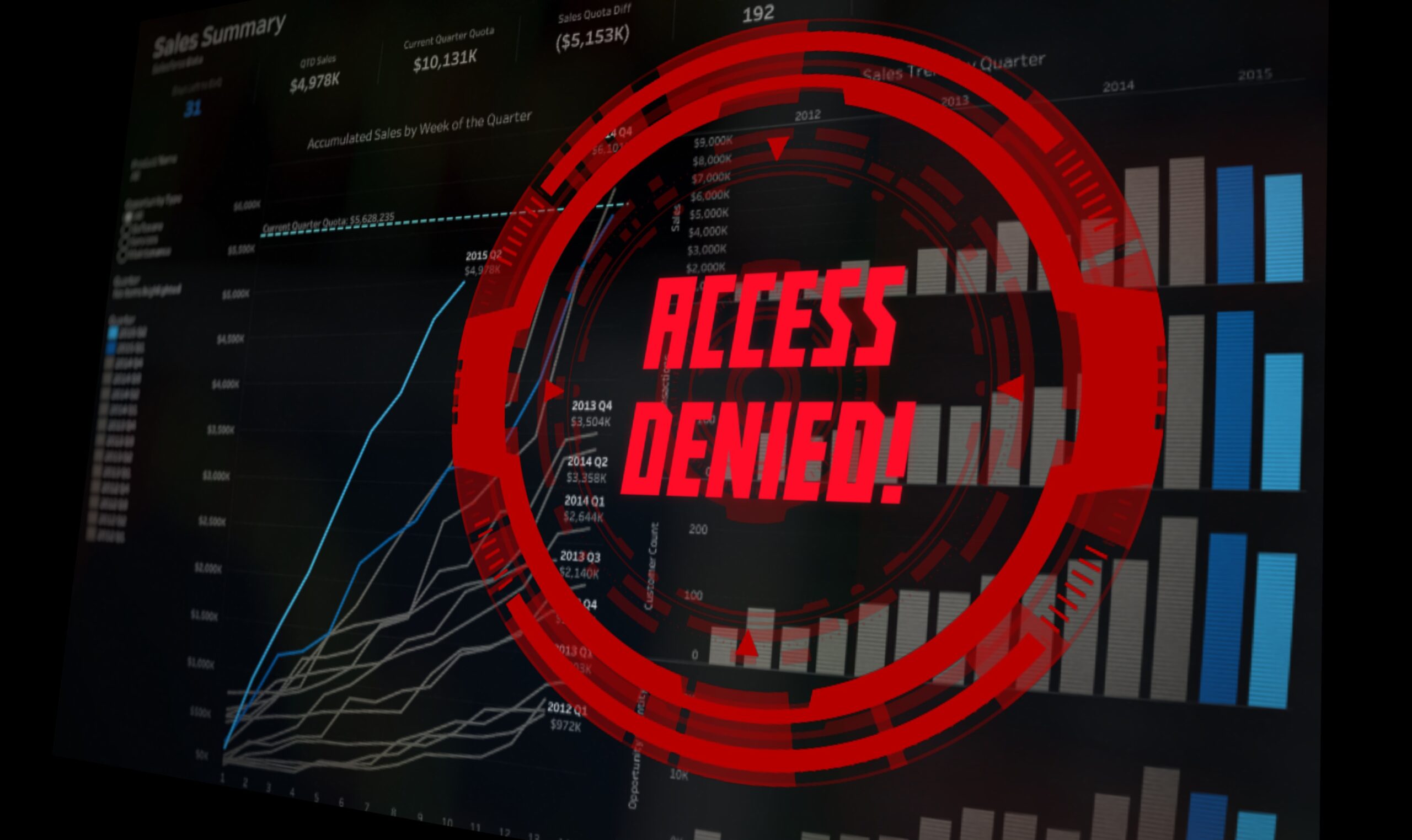Department head in bullish mood in meeting with Public Accounts Committee
HMRC chief executive Jon Thompson appears before the Public Accounts Committee earlier this year
Jon Thompson, HM Revenue and Customs chief executive, told MPs that he would push ahead with developing customs arrangements that will cope in post-Brexit Britain, regardless of funding from the Treasury.
His comments come after the Public Accounts Committee sounded the alarm because HMRC does not yet have the cash to upgrade its under-construction Customs Declarations Service (CDS) in advance of a probable five-fold increase in workload, and to develop a contingency system should CDS fail to be ready in time for March 2019.
Thompson told the committee on Monday: “Just to be clear, it is going to happen and I am going to spend the money, whether I get the funding or not.”
The PAC also heard that around 30 of the 85 IT systems that departments currently operate at the UK border – some of which rely on 1990s technology – will need to be replaced or modified as a result of Brexit.
Government is designing five new IT systems from scratch and replacing three in their entirety, including the CDS currently being developed by HMRC, which runs 34 of the 85 systems.
CDS will replace HMRC’s system Customs Handling of Import and Export Freight (CHIEF), and aims to be fully operational by January 2019. In case of delays, the tax agency wants to upgrade CHIEF alongside developing CDS, to ensure it can handle the 255 million declarations expected after Britain leaves the EU This compares with the total of 55 million that were made by traders in 2015.
Related content
- NAO urges government not to leave HMRC high and dry on customs platform time bomb
- Treasury Committee: ‘Collapse in confidence’ in HMRC’s customs IT system
- Brexit ‘could sink HMRC customs system’
It would need £7.3m to upgrade CHIEF, and the PAC insisted in a report that HMRC should “bang on the doors of the Treasury” until it gets that money.
Karen Wheeler, director general of HMRC and co-chair of the cross-government Border Planning Group, said that not all 30 new systems needed to be in place before Britain leaves the EU in 2019, but they would all be able to “leverage” off the those that do.
Wheeler, speaking alongside Thompson at a PAC hearing on Monday, said these changes were building on a pre-existing programme of work – “one government at the border” – which aimed to join up systems, processes and IT at the UK’s 270 ports, airports and other crossing points.
Elswehere in the hearing, the Home Office was lambasted over its problems with staff turnover. Barry Gould, director of Border Force technology, has just left his post after less than a year, becoming – according to Hillier – at least the eighth director to work on e-borders and successor programmes since 2003.
She said this was “rapid turnover” for such a “critical job” and asked why the department had a problem holding onto its staff.
Patsy Wilkinson, second permanent secretary at the Home Office, insisted that it had maintained longevity in other areas and said Gould’s deputy would be stepping up until a replacement could be appointed early in the new year.
Thompson, who told a previous PAC inquiry that he would need up to 5,000 extra staff to deal with post-Brexit work, was also asked about workforce planning and said HMRC had a “good handle on the demand”.
He said: “The issue which is being debated is about risk. So, is a French lorry full of wine entering the United Kingdom after we’ve left the European Union any more risky than it was when we were in the European Union, and does that require us to respond or not? That is the question here.
“The reason why we are holding to [a figure of] between 3,000 and 5,000 is that we have mapped out some of the risks. We need to put those to ministers, and ministers need to give us some sense about ‘we are prepared to take these risks and not those risks’, and as a result of that we will be able to come to a much narrower view about how many people we need.”
The Border Planning Group has six primary tasks, which Thompson listed as: developing a shared understanding of goals among the 21 departments and agencies that operate systems at the border; making sure those goals are aligned; sharing plans and policy issues among them; giving assurance to ministers; testing designs for new systems; and working with the Treasury on funding bids.
He added that data exchange between organisations, underpinning IT structures and overall resource levels were among the problems the group was aware needed attention.



